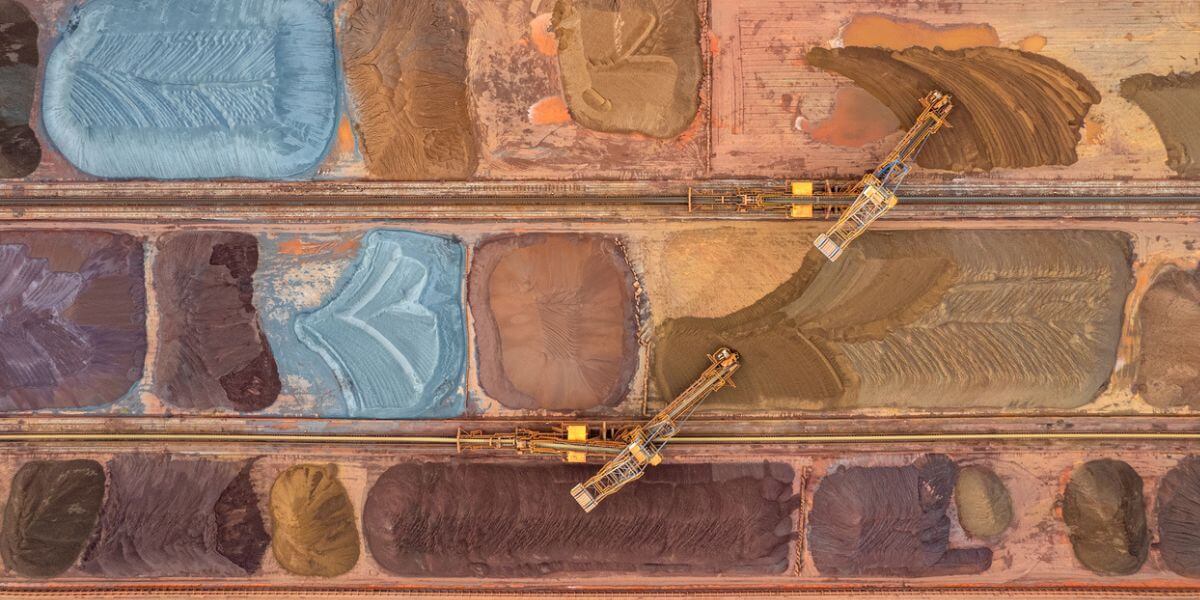AI Is Powering the Search for America’s Critical Minerals

They power green energy, enhance defense systems, and drive the future of microelectronics. Known as critical minerals, elements like lithium, cobalt, and nickel are vital to national security and innovation. Yet the U.S. faces a growing challenge: securing stable, domestic supplies for critical minerals. Today, the nation remains heavily reliant on imports, often from geopolitically unstable or adversarial regions.
To find solutions, the U.S. Geological Survey (USGS), along with the Defense Advanced Research Projects Agency (DARPA) and the Advanced Research Projects Agency–Energy (ARPA-E), launched an ambitious initiative: Critical Mineral Assessments with AI Support, known as CriticalMAAS. The project supports collaborative research from the USC Viterbi Information Sciences Institute (ISI) and the University of Minnesota to develop AI tools that can accelerate how the U.S. identifies and discovers mineral resources using a workflow known as critical mineral assessments.
“It typically takes the USGS two years to do a single assessment,” said ISI Keston Executive Director Craig Knoblock, who worked on the project. “Now, Congress wants to complete 50 assessments in the next few years.”
Unlocking Map Data with Machine Learning
The project’s first technical hurdle: extracting data from 100,000 historical maps, most of which exist only as scanned raster images. These maps, produced by the USGS, often provide the only detailed records of geological features like rock formations, fault lines, and mineral deposits, which are represented on maps as polygons, lines, and point symbols. However, the maps’ raster format makes them difficult to analyze using AI. According to Fandel Lin, who is pursuing his Ph.D. in Computer Science at the Thomas Lord Department of Computer Science, manual digitization of these maps is slow and labor-intensive. Meanwhile, prior automated approaches struggle with the complex visual context and limited training data available for geological maps.
To address this challenge, researchers developed DIGMAPPER, a modular, scalable system that automates the entire map digitization pipeline. And while manual digitization can take hours per map, when tested on over 100 annotated maps from a DARPA-USGS dataset, DIGMAPPER completed the process in under 25 minutes. “Historical maps hold a tremendous amount of geological knowledge,” Knoblock said. “Digitizing them accelerates the process of assessing where on Earth critical minerals can be sourced.”
Building the One of the World’s Largest Mineral Knowledge Bases
The second major ISI-led effort, MinMod, tackles another bottleneck: unifying mineral data scattered across the world into a searchable, AI-ready knowledge graph.
“The goal of MinMod is to bring together everything we know about global mining sites,” said Knoblock. “It’s the largest publicly available single source of mineral site data anywhere in the world.” So far, MinMod has processed tens of thousands of documents on more than 679,000 sites and 190 different commodities.
Creating a shared framework for this information is a major undertaking. MinMod draws from three primary sources: academic literature, public mining reports, and geological databases from across the world. These materials often span hundreds of pages, include dense tables and charts, and vary widely in formatting and terminology, making them difficult for both humans and machines to interpret.
To bring order to this complexity, the MinMod team uses large language models and semantic technologies to extract, structure, and unify data into a consistent, machine-readable knowledge graph. This shared framework ensures different systems can access, analyze, and build on the same data with precision.
Among MinMod’s most powerful tools is its ability to generate grade and tonnage models, interactive charts that reveal which deposit types have historically produced the most metal. These insights help geologists and policymakers prioritize exploration efforts and guide resource strategy to discover new mineral sites around the world.
Looking Forward
As part of the broader CriticalMAAS initiative, ISI’s work is helping transform what was once a slow, manual process into a scalable, AI-driven pipeline. The historical maps and MinMod knowledge graph now serve as the foundation for the program’s ultimate goal: using machine learning to predict undiscovered mineral deposits. “Our work is part of a larger effort to take this data and build machine learning models that can predict where we should look for these mineral deposits in the future,” Knoblock said.
Both projects will be showcased at leading conferences in November 2025. The DIGMAPPER paper was accepted to the ACM SIGSPATIAL International Conference on Advances in Geographic Information Systems, held November 4-7, 2025, in Minneapolis, Minnesota. The MinMod project will be presented in two papers at the International Semantic Web Conference (ISWC), taking place November 10-14, 2025, in Nara, Japan. ACM SIGSPATIAL is the top conference in spatial computing and geographic information science, while ISWC is the premier international forum for research on semantic web and linked data technologies.
Published on November 3rd, 2025
Last updated on November 3rd, 2025